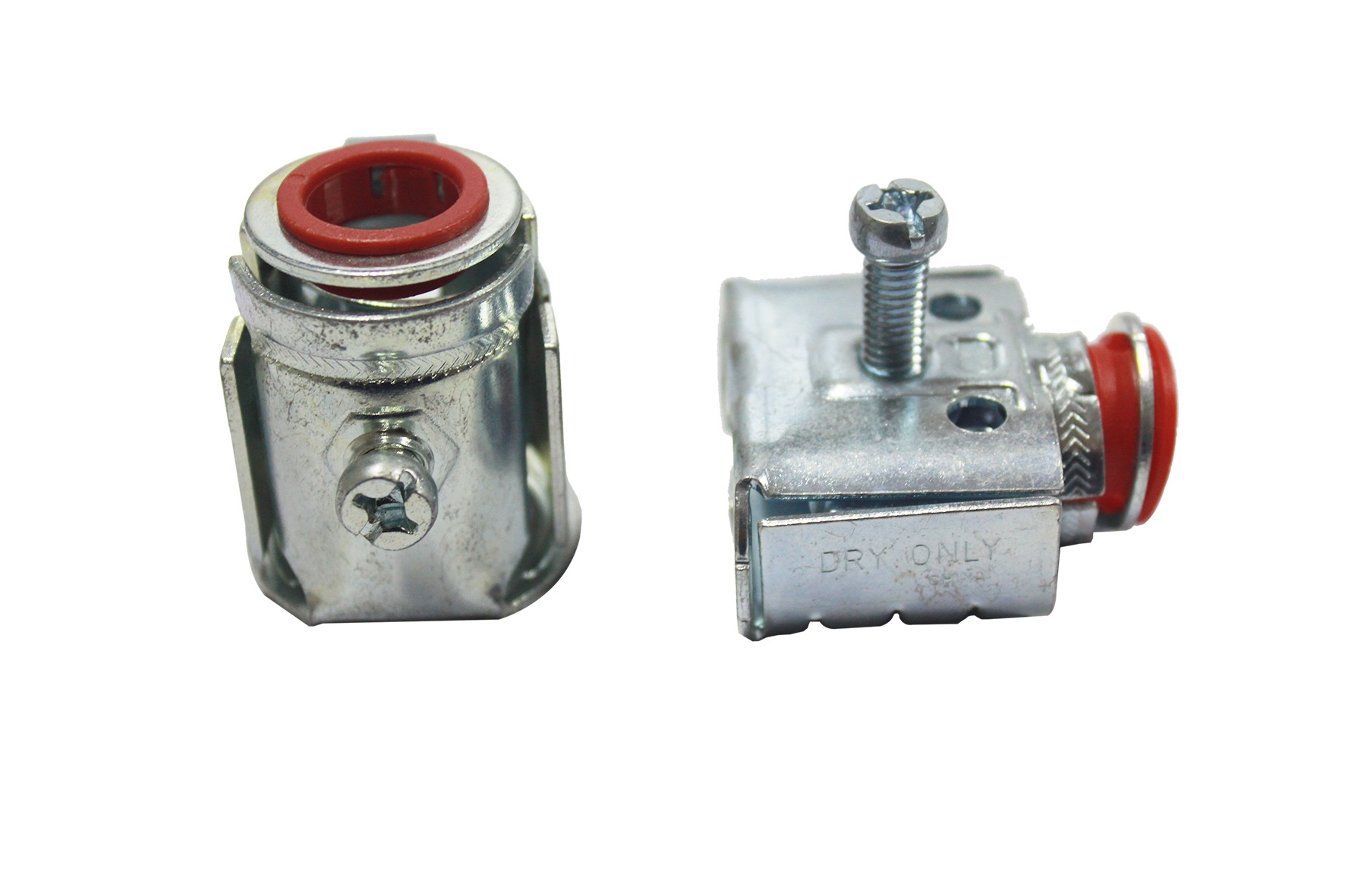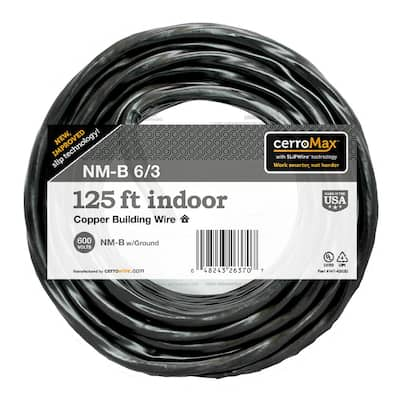

- #HATCHIMALS HATCHING EGG DRAGGLE BY SPIN MASTER HOW TO#
- #HATCHIMALS HATCHING EGG DRAGGLE BY SPIN MASTER SKIN#

No corrective actions are required for copper-clad aluminum wire. There is no known history of connection overheating problems associated with copper-clad aluminum wire. Markings on the cable jacket would include "Al" or "Aluminum".
#HATCHIMALS HATCHING EGG DRAGGLE BY SPIN MASTER SKIN#
12-14 AWG) and on the cut end, the copper skin looks to be "smeared" over the aluminum core. Therefore when installed and where visible in the main electrical service panel, it looks like "fat" copper wire (i.e., 10-12 AWG v. 12-10 AWG) has a thin copper outer skin and a core of aluminum.

There Aronstein statesĬopper-clad aluminum wire (Nos. Copper-clad aluminum electrical wire is described in REDUCE THE AL WIRE RISK: DETAILS, as well as in Aronstein (2011). Is copper-clad aluminum wire safe to leave in place? I would not assume that copper-clad AL wire might not appear in an older home in which electrical wiring was added or changed during that same interval, and it's also possible, though less likely, that copper clad aluminum wire might appear in new home built after 1975 if an electrician had and wished to use up old copper-clad aluminum wire stock. switches, receptacles (binding head screw, back-wired, and pressure plate type terminals) and was treated as "aluminum" conductor for use in AL-CU pressure wire connectors in response to field failures of solid aluminum conductor branch circuit wiring. 12-10 AWG), was designed by Texas Instruments for use with standard copper-only wiring devices, ie. Approximately 10 percent of the cross-sectional area of the conductor is copper clad, thickness is not specified. Some details about copper-clad aluminum wiring are provided by Tom D'Agostino:Ĭopper clad aluminum electrical wire is comprised of a solid aluminum core covered with a thin clad of copper. In fact a small amount of the copper cladding was smeared across the cut wire-end by the wire-cutting process as you might notice at the lower edge of the cut edge above the "COR" in the word "CORE". The image shows the thickness of the copper cladding (yellow arrow) as well as cut marks across the end of the wire's aluminum conductor (white arrow). This product was installed in homes in the United States between 19.Ībove you can see a close-up of a typical end-cut of a #10 copper clad aluminum wire.
#HATCHIMALS HATCHING EGG DRAGGLE BY SPIN MASTER HOW TO#


 0 kommentar(er)
0 kommentar(er)
